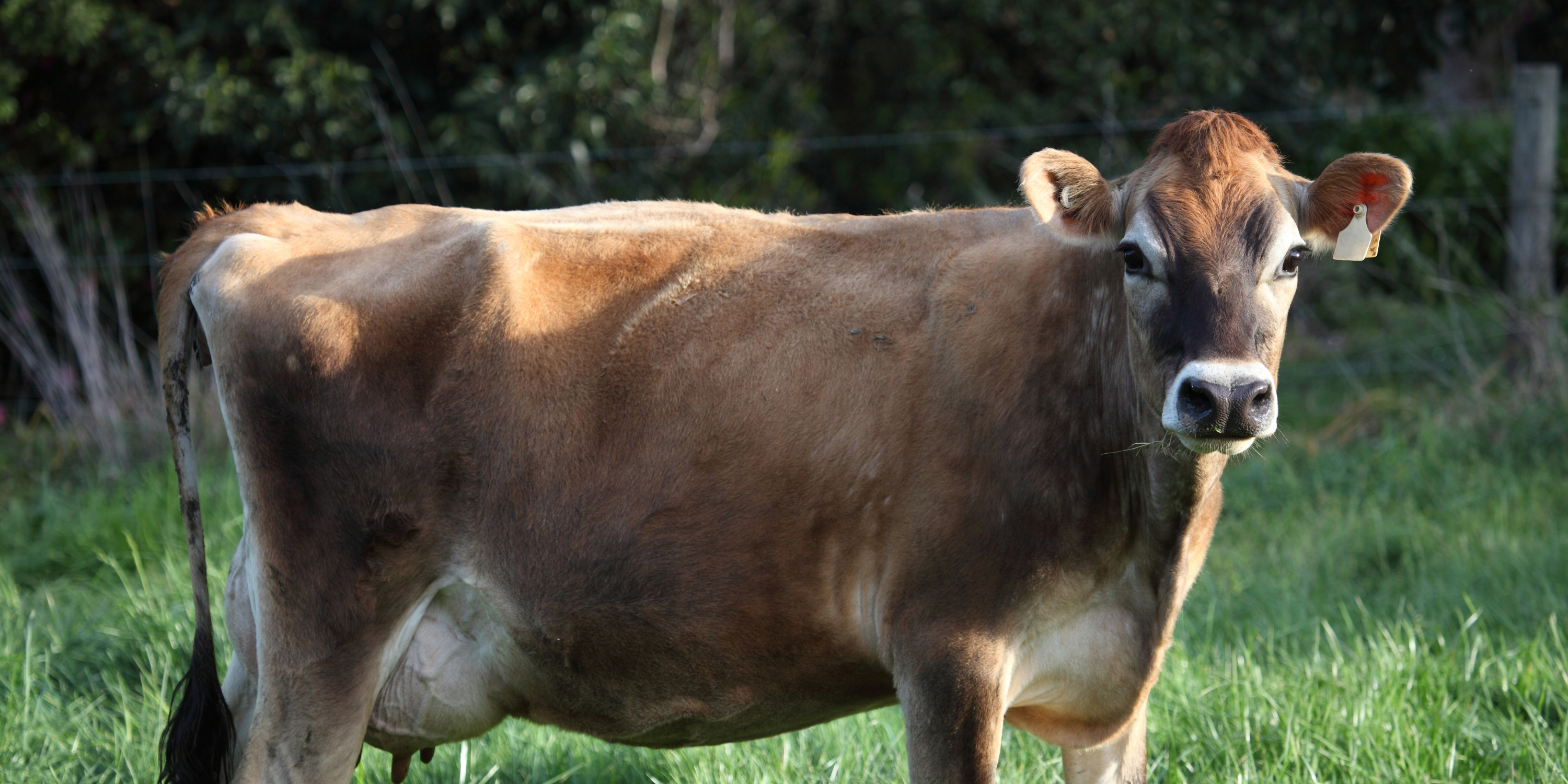
The Jersey Advantage: High‑Quality Milk from a Petite Powerhouse
Small but mighty, Jersey cattle punch well above their weight in the dairy world. Known for their rich, golden milk, efficient feed conversion, and adaptable nature, Jerseys are a favorite among family farms and artisan dairies alike. In this post, we’ll trace their origins, examine the traits that set them apart, and explore why Jersey cows continue to capture hearts—and creameries—around the globe.
Origins and History
-
Isle of Jersey Beginnings
Originating on the Channel Island of Jersey, off the coast of Normandy, these cattle were shaped by centuries of island farming. Limited land and variable forage encouraged selection for efficiency, hardiness, and milk quality. -
Arrival in North America
The first Jerseys arrived in the United States in 1850. Their smaller stature and rich milk quickly found favor, especially in the Northeast, where mixed farms valued both dairy and land stewardship.
Defining Traits
-
High Butterfat & Protein
Jersey milk averages around 4.8% butterfat and 3.7% protein—significantly higher than many other dairy breeds—making it ideal for cream, butter, cheese, and gourmet dairy products. -
Efficient Feed Conversion
With a smaller frame (typically 900–1,100 pounds), Jerseys require less feed yet yield a high-fat, high-protein product, maximizing return on each pound of feed. -
Adaptable Temperament
Known for intelligence and curiosity, Jersey cows are generally calm and easy to handle—traits that benefit small herd managers and automated systems alike. -
Distinctive Appearance
Jerseys exhibit everything from fawn and cream to nearly black coats, often with a darker face mask. Large, expressive eyes and lighter muzzles give them an endearing look. -
Heat Tolerance
Their smaller size and efficient metabolism help Jerseys maintain production in warmer climates, making them versatile across regions.
Jerseys in Modern Dairy Production
-
Family Farms & Artisan Dairies
Many small-scale and value-added operations choose Jerseys for their rich milk, which commands premium prices in niche markets—think single-origin cheeses, grass‑fed butters, and specialty yogurts. -
Crossbreeding Programs
Jersey × Holstein crosses (e.g., “Jolstein”) aim to balance volume and components, producing offspring with improved fertility, health, and milk quality. -
Robotic Milking & Automated Systems
Jerseys’ cooperative nature and consistent production patterns make them excellent candidates for modern milking technologies, reducing labor demands. -
Sustainability & Pasture-Based Systems
Their efficient grazing and lower environmental footprint per unit of milk support regenerative agriculture and rotating‐pasture models.
Economic and Nutritional Advantages
-
Value-Added Products
High butterfat and protein deliver richer cheeses and creams—key selling points for artisanal and farmstead producers. -
Lower Input Costs
Smaller size and efficient metabolism mean fewer pounds of feed for each pound of milk solids produced. -
Health & Fertility
Jerseys often exhibit strong reproductive performance and longevity, translating into more lactations per cow. -
Consumer Appeal
Rich, creamy milk fetches premium prices in both retail and foodservice markets, boosting farm profitability.
Conclusion
From the rolling pastures of the Isle of Jersey to dairies large and small worldwide, Jersey cattle have secured their reputation as “cream of the crop.” Their exceptional milk components, efficient production, and amiable nature make them a cornerstone of specialty dairy markets and sustainable farming systems. Whether you’re crafting a sharp cheddar or a silky butter, the Jersey delivers the richness and yield that keep both farmers and foodies coming back for more.
Share


